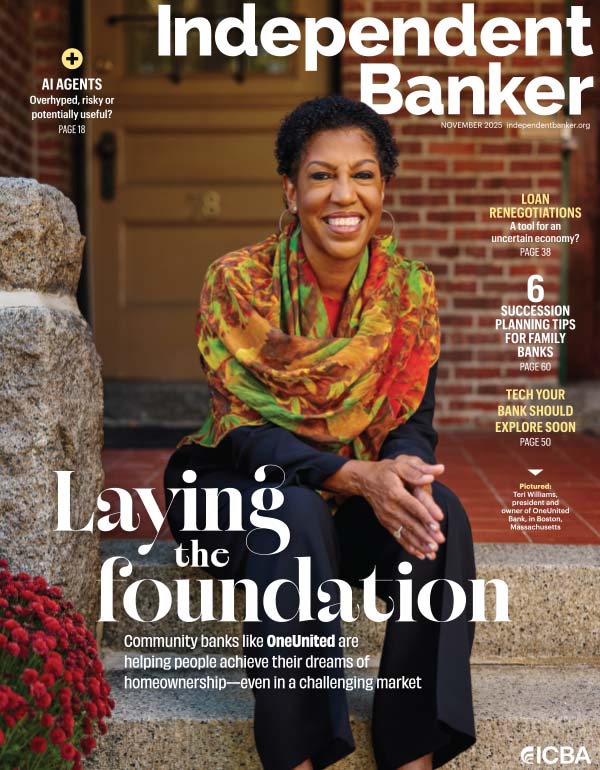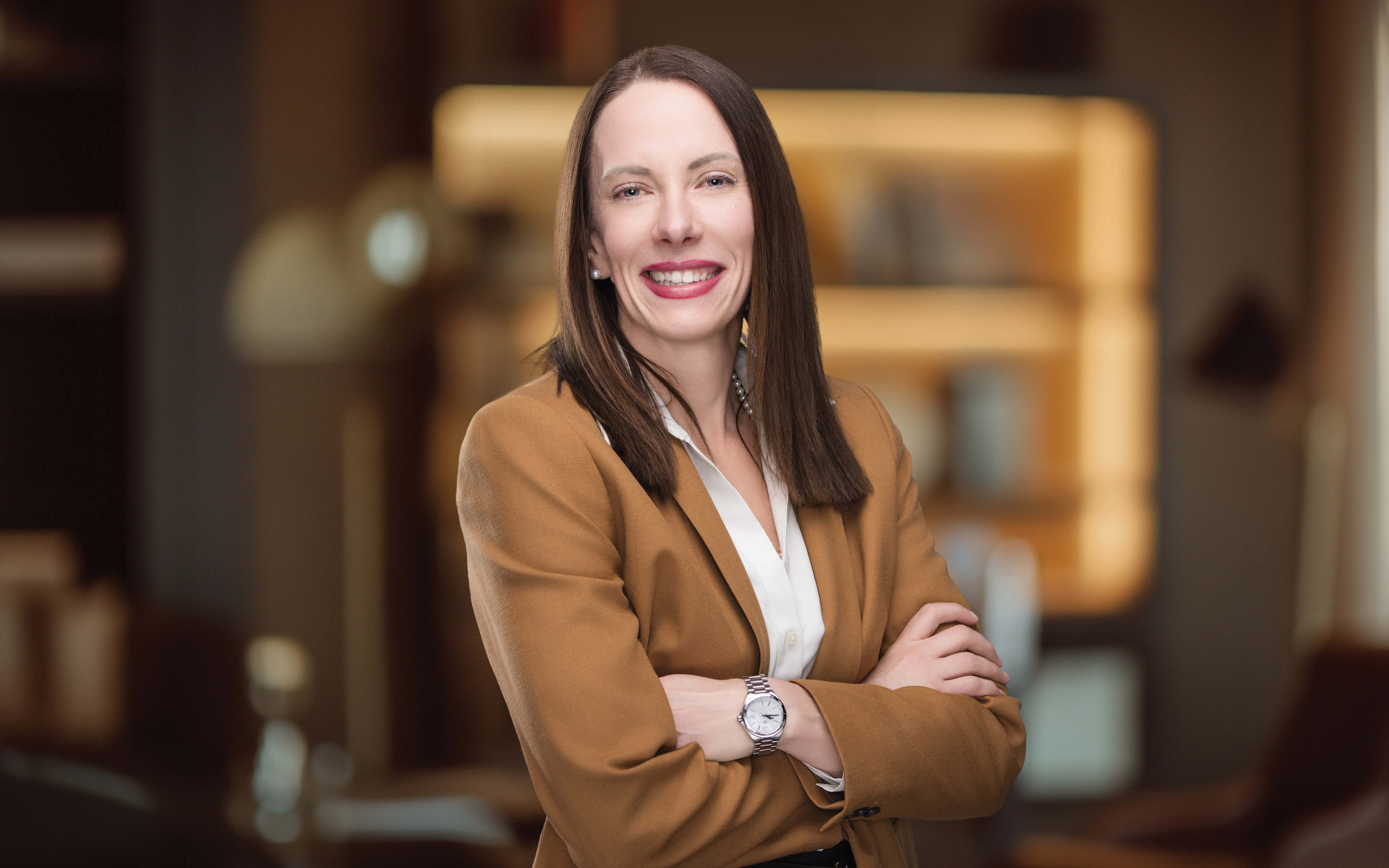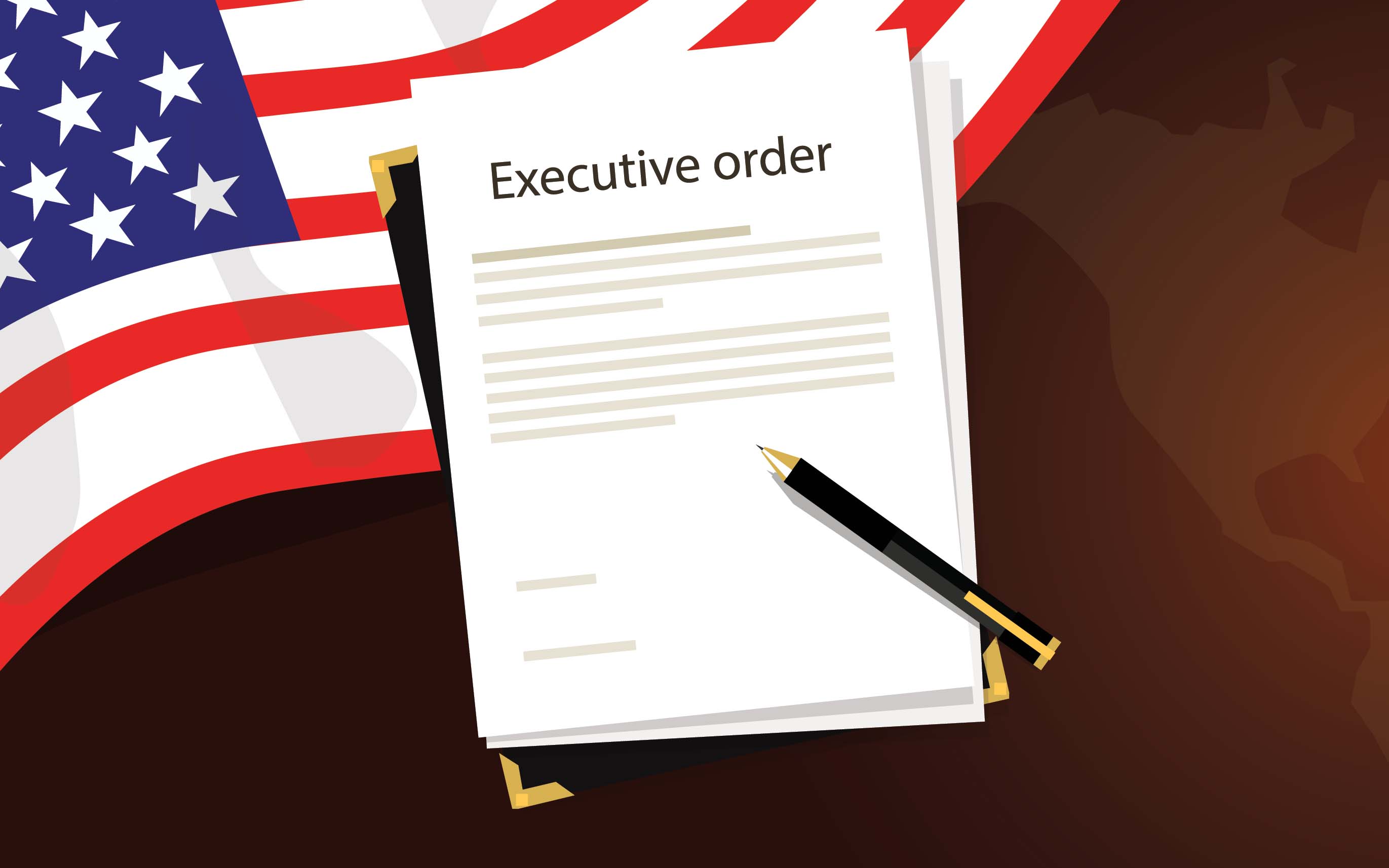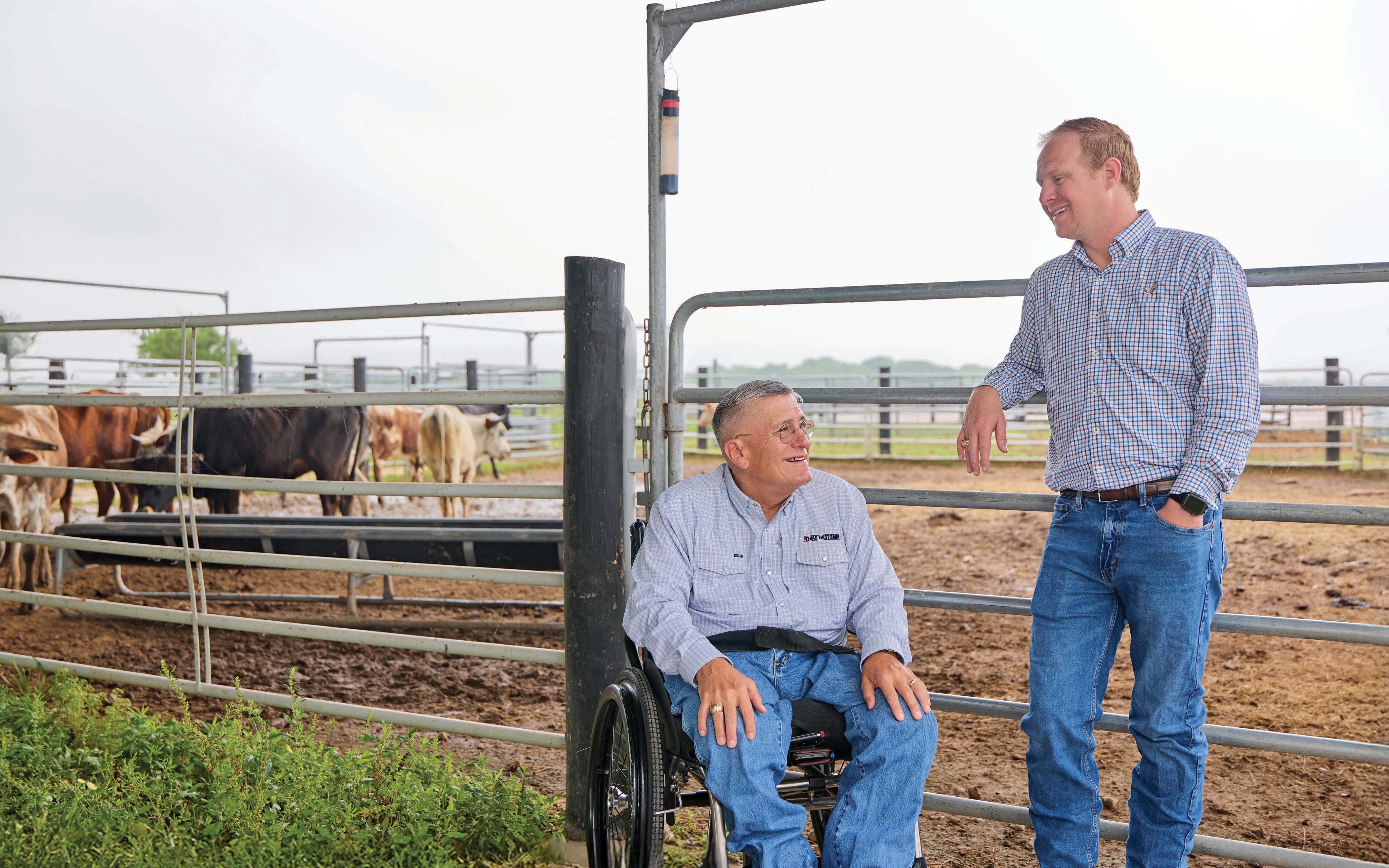Name:
WesBanco
Assets:
$28 billion
Location:
Wheeling, West Virginia
Nearly four in 10 Americans don’t have enough savings to cover a $400 emergency expense, with median emergency savings at just $600, according to financial services provider Empower.
These figures highlight the need for affordable, short-term cash solutions to help customers manage unexpected expenses. WesBanco in Wheeling, West Virginia, addresses this need with its new offering, FlexCash.
A relationship-based offering
FlexCash sets itself apart as a relationship-based, noncredit product, says Jennifer Mott, EVP of retail banking at $28 billion-asset WesBanco. “We use relationship modeling instead of credit scores when reviewing applications,” she says, “because we want FlexCash to be accessible to our customers who really need it, even if they’ve had some credit hiccups.”
Approval relies on customers’ checking account management, rather than their credit history, according to Mott. “We have a dynamic overdraft limit that’s based on things like customers’ transaction history, direct deposits coming into the account and payments going out to gauge customers’ ability to repay,” she says. Overdrafts aren’t an automatic decline, but they may reduce how much money a customer is eligible to borrow.
WesBanco’s deposit and overdraft processing team manages FlexCash approvals internally, supported by Velocity Solutions, a vendor that provides an algorithm for overdraft decisioning.
With FlexCash, approved WesBanco One and WesBanco One Plus checking account customers can borrow up to $1,000, subject to eligibility restrictions, with no credit check. Applications are processed within minutes of applying, and funds are deposited into their account in one to two business days. FlexCash offers a fixed 17% interest rate, with a prepaid finance charge of 3% of the loan amount.
Customers repay funds over three months through Easy Pay drafts from their checking account. They must opt in to overdraft protection to qualify for FlexCash.
“Credit card debt is skyrocketing, and there’s an exponential cost to payday lenders. FlexCash can serve as a bridge to help our customers avoid these high-cost debt alternatives.”—Jennifer Mott, WesBanco
Identifying consumer demand
Before launching FlexCash in July 2024, WesBanco conducted focus groups to uncover customer priorities when choosing a bank and a primary checking account. “A lot of the feedback centered around how customers can get access to their own cash faster in emergency situations,” says Mott.
WesBanco’s response included offering advanced paycheck access, allowing customers to receive payroll direct deposits up to two days early. “We immediately recognized an opportunity for a product like FlexCash, which we began offering several months later as a follow-up,” says Mott.
According to BankRate, 25% of Americans facing a major unexpected expense would use a credit card and pay it off over time. “While you might think these [people using credit cards for unexpected expenses] are mostly low-income households, nearly half of the FlexCash loans are being made to middle-income households,” says Mott.
Medical, automobile and home repair expenses are common reasons customers use FlexCash. “These have thrown some families’ tight budgets out of whack, especially in today’s economy,” says Mott.
Having access to a product like FlexCash may allow customers to avoid having to use a high-interest credit card or payday lender when faced with unexpected large expenses.
“Credit card debt is skyrocketing, and there’s an exponential cost to payday lenders,” says Mott. “FlexCash can serve as a bridge to help our customers avoid these high-cost debt alternatives.”
Since FlexCash is not technically a loan, repayments are not reported to credit bureaus or reflected in customers’ credit scores. However, that’s not the main goal of the product. “We’re trying to redefine a checking account as part of a customer’s overall financial plan,” says Mott.
Success by the numbers
Since WesBanco launched FlexCash almost a year ago, the product has been well-received by customers, says Mott. The community bank is processing an average of about 250 FlexCash applications each month, and that number is trending upward. “Since FlexCash was launched, our overall new account performance is up about 15%,” says Mott.
WesBanco is seeing some repeat customers using FlexCash, but the community bank wants to help ensure that customers are using the product responsibly.
“We don’t want customers to be in a situation where they have to immediately borrow money again right after they have repaid the first loan,” says Mott. Therefore, the bank allows no more than three FlexCash loans over a rolling six-month period.
WesBanco does assume some risk given that there’s no customer credit check, but so far, charge-offs have been low. “The bank uses the same decision criteria as when making overdraft decisions,” says Mott. “The risk is low, because the bank might be facing an overdraft if we didn’t offer customers this product.”
Mott says the main goal of FlexCash isn’t to generate high fee income but to support customers and build stronger connections with them. “The goal is to offer our customers a value-added service that deepens their relationship with the bank and makes them want to stay with WesBanco for the long term,” she says. “We believe FlexCash is meeting a real need in the marketplace.”
The reality of emergency savings
Many Americans are unprepared for a financial emergency
Source: Empower, April 2024
21%
of Americans have no emergency savings at all.
37%
can’t afford to pay for an emergency expense over $400.
57%
say high inflation has held them back from saving for emergencies.
40%
haven’t contributed to emergency savings in more than a year.






